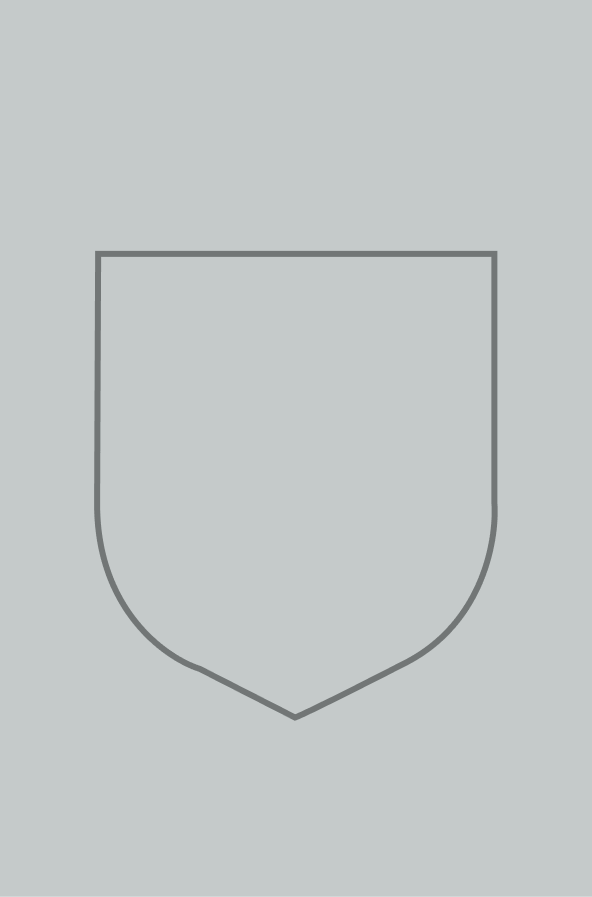Metamaterials and Negative Refraction
The discovery of artificial electromagnetic materials, called metamaterials, not only redefines the human perception of constitutive parameters in electromagnetic theory, but also brings forward new phenomena, such as negative refraction. We provide a comprehensive introduction to the unique characteristics of metamaterials, starting with Maxwell's equations and the kDB coordinate system, and moving through to theoretical concepts and design principles of negative refraction in metamaterials. For each kind of media, including isotropic, anisotropic and bianisotropic metamaterials, we discuss the characteristic waves and their properties. We show examples of negative refraction both theoretically and experimentally.
Product details
December 2020Paperback
9781108749237
75 pages
150 × 230 × 5 mm
0.14kg
Available



